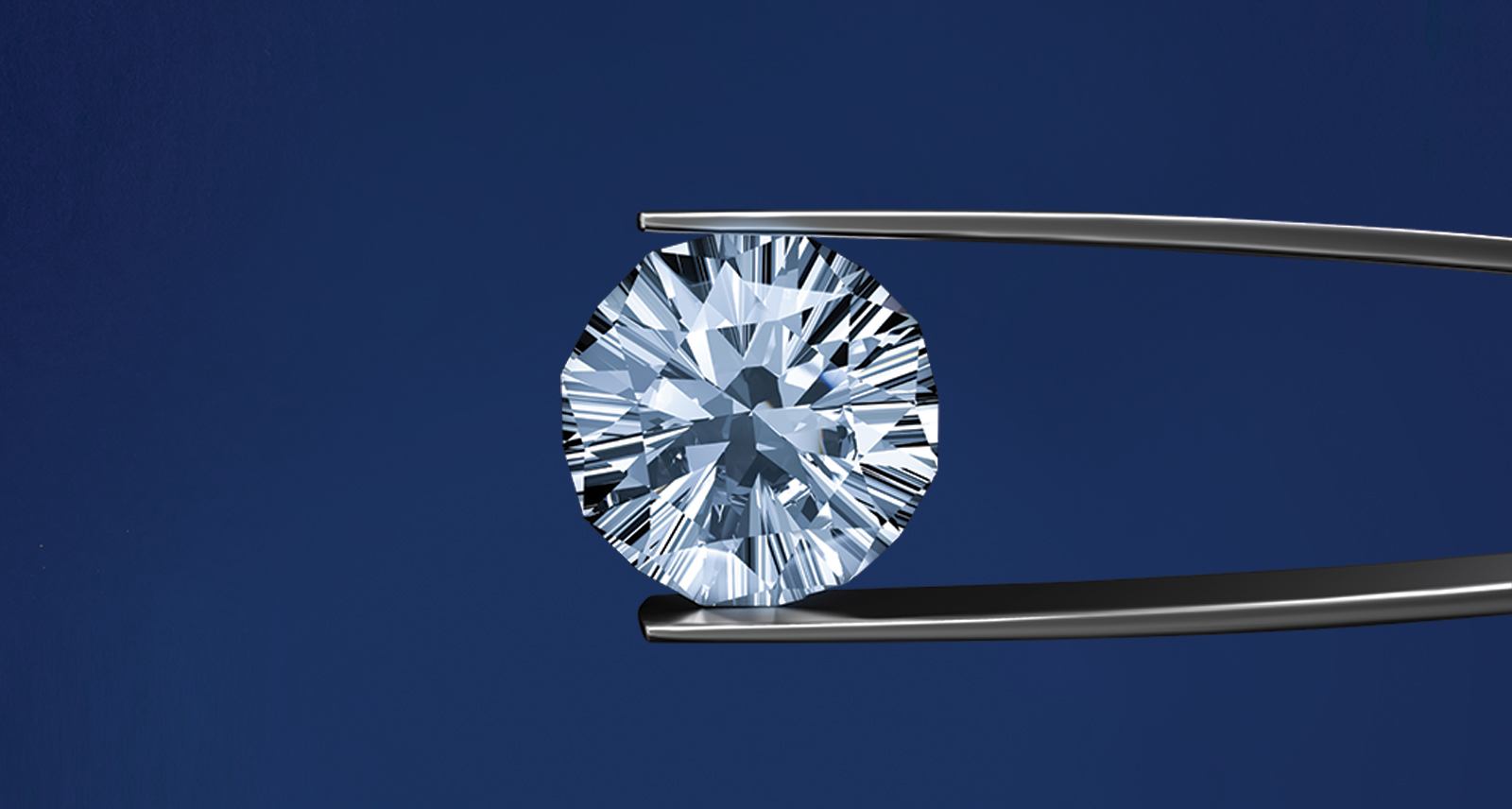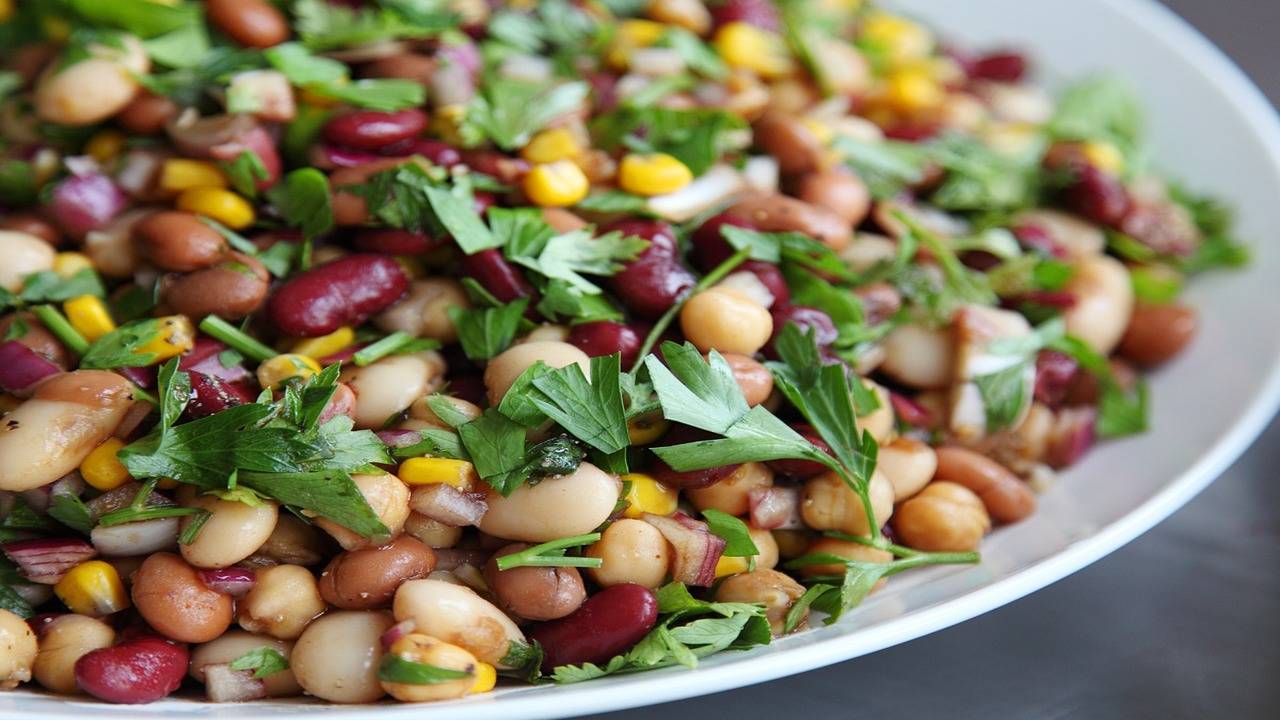
If you’ve ever seen a cooking competition show, you’ve likely heard the term sous vide, followed by seeing contestants putting food in vacuum-sealed bags. But there’s a bit more to the process than that.
Sous vide cooking allows you to cook food in a water bath at very steady temperatures, helping create your ideal meal. The food is vacuum-sealed in a bag or jar with seasonings and aromatics that infuse every bite with flavor, so it loses none as it cooks. The result is perfectly-cooked steaks, fresher-tasting vegetables and silky custard desserts.
If we’ve piqued your interest in this cooking technique, keep reading to find out more about the different types of sous vide cookers, how to cook sous vide and what foods it’s best for. We’ve also included tips from the Good Housekeeping Kitchen Appliance Lab’s Senior Testing Editor Nicole Papantoniou and the Institute of Culinary Education’s Director of Research Development Chef Barry Tonkinson.
There are two types of sous vide cookers:
- Immersion circulators: These stick-shaped appliances work by immersing the bottom portion into a water bath. The water bath can be made in a large stock pot or heat-resistant container. Sticks take up less space in the kitchen, but require monitoring to make sure the water doesn’t evaporate during cooking. Sometimes they’re sold with lids to help prevent evaporation or small plastic balls can be purchased and used.

- Water ovens: These are tub-style machines are more commonly seen in restaurants. They are similar to slow cookers and heat the water to a specific temperature. They are larger and bulkier, but are more hands off than immersion circulators. They often include a lid to prevent evaporation.

When it comes to prices, there is plenty of variety of both models. Some water ovens are priced about the same as the stick machines, and brands such as Anova Culinary now have both “pro” immersion circulators and simpler models with more modest price tags for sous vide beginners.
What are the benefits of sous vide cooking?
Sous vide cookers can be used to make almost everything, and the vacuum sealing process saves cooks active time and money, says Chef Barry. They reduce food waste by allowing tough cuts of meat to become more palatable and improve the flavor of your food. Cheap cuts of meat become soft braises and stews, and vacuum-sealing foods Keto Meal Delivery for storage increases shelf life and avoids freezer burn.
The best foods to cook sous vide:
Meats: Braised meats that have to be cooked low and slow can benefit from sous vide cooking. The long cooking softens up the tough fibers of cuts like short ribs. “It’s also good for cheaper cuts of tough meat because it makes it very soft and tender,” said Papantoniou. Most meats will require searing before serving; if not seared, they may remind people of a boiled piece of meat, says Papantoniou.
Risotto: Rather than stand over a stove, stirring in cups of hot stock into your rice, you can place all the ingredients in a sealed bag. Come back later to finish a creamy risotto with parmesan and herbs just before serving.
Vegetables: Cooking vegetables sous vide yields more flavor and nutrition. It can replace roasting vegetables to bring out their sweetness, and replace boiling in puree and mash recipes without leaving any of their flavor or nutrients in the water. You can cook root vegetables with cream and butter, then finish them in the food processor or blender before serving.
Desserts: Sous vide cooking works best for making custard-type desserts such as crème brûlée, flan and cheesecake. Rather than seal them in bags, Mason jars work best and make nice serving Keto Meal Delivered sizes. You can also use the sous vide cooker to cook a custard-style ice cream base or pudding.
Yogurt: Instead of buying a separate yogurt maker, you can make it in your sous vide cooker. Just heat milk, mix the yogurt culture and put in Mason jars in a warm water bath while the cultures do their job. You can make cow, sheep, goat and even seed milk yogurt this way.
Is there anything that can’t be cooked sous vide? Chef Barry doesn’t recommend it for fish. After a long cooking time “it can be jelly-like” he says.
How to use a sous vide cooker:
- Set the water temperature. Both immersion circulators and water ovens work by first heating the water to a specific temperature. Different temperatures are recommended for different foods to prevent overcooking and achieve perfect doneness levels. Use the manufacturer’s instructions as a guide.
- Prep your food. While the water heats, place your food in a plastic bag or jar to season. (Use a separate bag for each piece of meat so it can be cooked in a single layer and evenly surrounded by water.) You’ll only need one-quarter of the aromatics you normally use because the flavor is amped when cooked in a vacuum, according to Chef Barry, who teaches a class on sous vide basics at ICE. You also can cut back sharply on fats, such as butter or oil, because protein releases fat as it cooks and surrounds the entire portion.
- Seal the food. Once your ingredients are seasoned, use a vacuum sealer, if you have one, to remove all the air from the bag and seal it. If you don’t have a vacuum sealer, Papantoniou suggests the water displacement method: place the bottom of the opened bag in the water and slowly submerge, without letting any water into the bag and seal.
- Submerge the container. When the water is heated, place the sealed bag or jar in the water so it’s completely covered; heavy objects, such as dishware or utensils, may be used as weights to keep the bags completely under water. They may also be clipped to the sides.
- Check food. If cooking for more than two hours, check the sous vide cooker periodically to ensure the water hasn’t evaporated. Immersion circulators will usually shut off automatically as a safety precaution if the water dips below the minimum line. Some sous vide cookers can be connected to an app so you can be alerted when this happens.
- Sear and serve. When the food is ready, carefully remove from bag and sear meat on both sides before serving. This will form a flavorful crust so food won’t taste completely soft.
You Might Also Like






